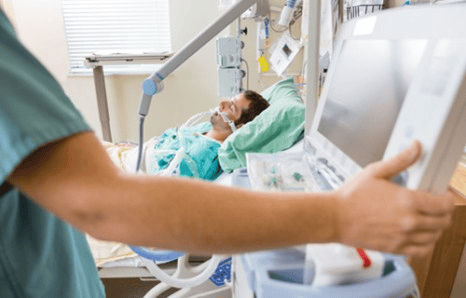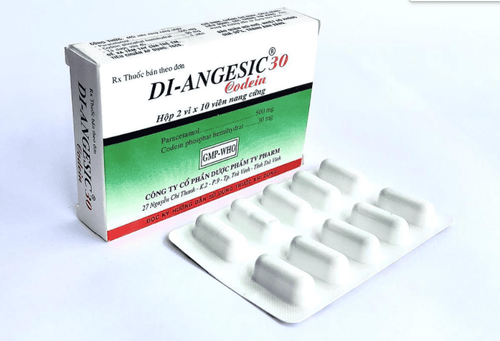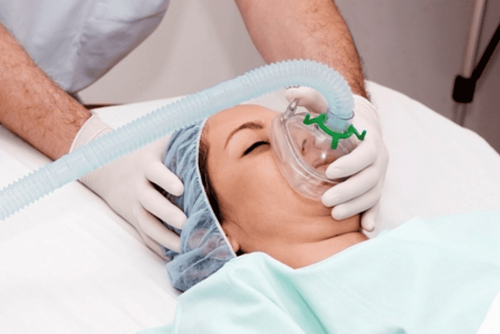This is an automatically translated article.
Article by Master, Doctor Le Thai Bao - Department of Intensive Care - Vinmec Times City International Hospital
In patients with long-term mechanical ventilation, weaning off the ventilator with PSV, CPAP or T-tube testing with difficulty or failure, SIMV is the appropriate method to choose.
1. Definition
Prolonged mechanical ventilation will lead to nosocomial infections, ventilator-associated lung damage, expensive treatment costs that make it difficult to remove the machine and the patient is at risk of death. Therefore, every time a patient is on a ventilator, the operator needs to quickly assess the patient's weaning from the ventilator to consider quitting the ventilator as soon as possible.
In patients with long-term mechanical ventilation, weaning off the ventilator with PSV, CPAP or T-tube testing with difficulty or failure, SIMV is the appropriate method to choose.
2. Designation
Patients with long-term mechanical ventilation, weaning from mechanical ventilation by PSV, CPAP or T-tube (T-tube) testing with difficulty or failure
3. Contraindications
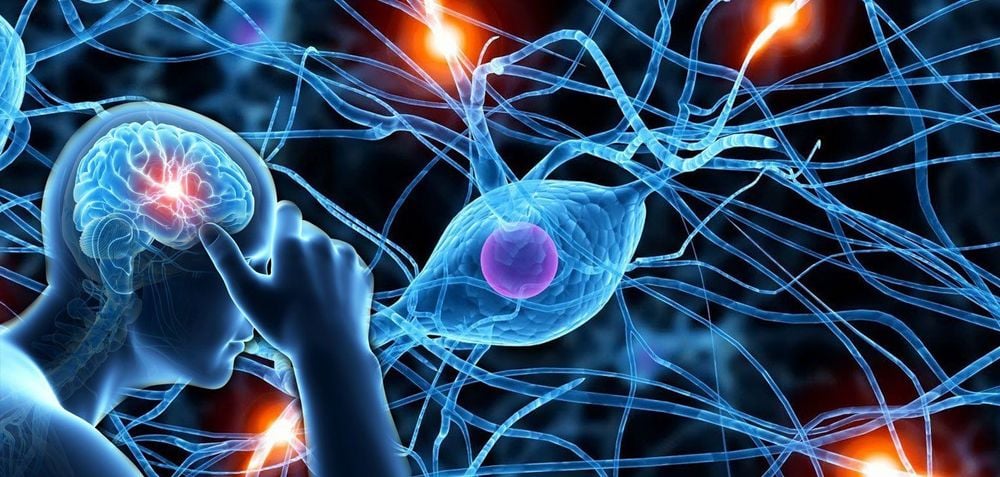
Patient stops breathing, stops heart Patient is unable to breathe on his own (such as severe neuromuscular disease...) Not meeting the criteria for weaning off mechanical ventilation
4. Technical procedure for weaning from mechanical ventilation by synchronized breathing and intermittent control (SIMV)
4.1 Preparation Person to perform: Doctor and 01 nurse specializing in emergency resuscitation or trained in mechanical ventilation.
Consumables:
Ventilator oxygen (24-hour running day) Surgical cap: 03 pcs Filters on ventilator line: 01 MDI adapter: 01 pcs Serum line: 01 pcs Ventilator wire set: 01 set of sterile gloves: 03 pairs of compressed air (24-hour running day) Clean gloves: 05 pairs Thermal humidifiers: 01 pcs Minor surgical gauze N2: 05 bags Filter dust filter ventilator: 01 pcs Surgical mask: 03 pcs Savondoux soap for hand washing First aid equipment: pleural opener for air drainage
Other expenses:
Consumption of electricity, water Fees for steaming, washing tools Treatment of medical waste and domestic waste Patients:
Explain to the patient (if the patient is conscious) and the patient's family/legal representative of the need and risks of mechanical ventilation. The patient/patient's representative signs a commitment to perform the technique. The patient's head is elevated 30 degrees (if there is no hypotension), the head is flat if the blood pressure is low. Ventilation at the hospital bed Medical record:
Explain the technique to the patient, the patient's family and sign the contract. technical agreement, note-taking sheet for the procedure.

4.2 Procedures Checking the record: Rechecking indications, contraindications and consent to participate in the technique Re-checking the patient: Vital functions, see if the procedure can be carried out . Technical implementation: Fully record the parameters of the ventilator mode being performed before switching to the weaning mode.
Criteria for weaning from mechanical ventilation:
Solve the cause of requiring mechanical ventilation Improved blood oxygenation: PEEP ≤ 5cmH2O, PaO2 > 60 mmHg, with stable FiO2 < 0.5 BP: Do not use or use small doses of vasopressors heart support. Heart rate <140 cycles/min Temperature < 38 degrees C pH and PaCO2 are consistent with the patient's underlying respiratory disease When the patient meets the criteria for weaning off mechanical ventilation. Weaning off mechanical ventilation Weaning from mechanical ventilation:
Tidal volume (Vt): Set equal to Vt of the mode of ventilation being performed before switching to SIMV. Set trigger level: 3 liters/min (flow trigger), or -1 cmH2O (pressure trigger). Ventilator Rate: Set 2 to 4 beats/min lower than the rate of the ventilator mode being performed before switching to SIMV. Peak flow: keep as set. FiO2 remains as set. PEEP = 5 cmH2O. Support pressure (PS) for spontaneous breathing: 10-14 cmH2O. Assess and adjust ventilators:
Assess the patient's response to weaning from mechanical ventilation:
Rapid shallow breathing index (RSBI) < 100 cycles/minute/liter Blood oxygenation: SaO2 ≥ 90%, PaO2 ≥ 60mmHg, pH ≥ 7.32, PaCO2 increased less than 10mmHg compared to before weaning. Respiratory rate ≤ 30 cycles/min or less than 50% change from before. Heart rate < 140 beats/min, or change < 20%, BP Consciousness unchanged, no stimulation. No exertion (use of accessory muscles of respiration, paradoxical breathing)
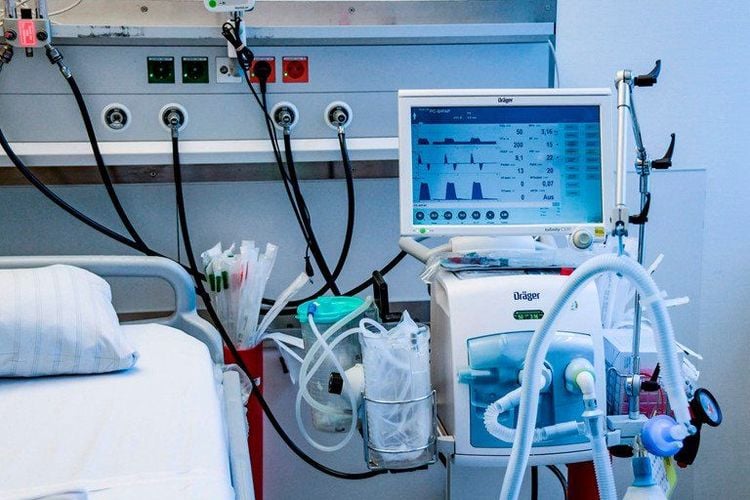
Adjust ventilator parameters
If the patient responds to weaning from the ventilator
Adjust the frequency: gradually reduce the ventilator frequency 2 beats/min if the response is good, increase the frequency again if the response is not good. Adjust PS: gradually reduce PS each time 2 cmH2O if the response is good, increase the PS again if the response is not good. When the rate is down to 6 beats/min, PS4 – 5 cmH2O and the patient is in good condition, CPAP testing can be considered (see CPAP testing protocol) to decide whether to remove the ventilator for the patient. Then consider extubation (assess cough, expectoration, consciousness) If patient does not respond to mechanical weaning: Switch back to SIMV parameters first, if patient still does not respond to weaning, switch back to mode VCV or PCV controlled breathing.
If patient weaning fails: Need to evaluate by intubation. Check if the endotracheal tube is small?, is there an endotracheal obstruction?
Blood gases:
Avoid metabolic alkalosis People with increased PaCO2, keep PaCO2 above baseline Patient:
Nutrition:
Sufficient energy support Avoid electrolyte disturbances Avoid excess energy Sputum: Clear phlegm
Avoid severe dehydration
Neuromuscular problems:
Avoid the use of drugs that weaken the muscles (muscle relaxants, aminoglycosides, clindamycin) in patients with muscle weakness Avoid using corticosteroids if not necessary. Airway obstruction
Exclude airway foreign body Use bronchodilator if necessary Patient awareness:
Avoid overdose of sedation Weaning off ventilator in the morning
5. Technical follow-up
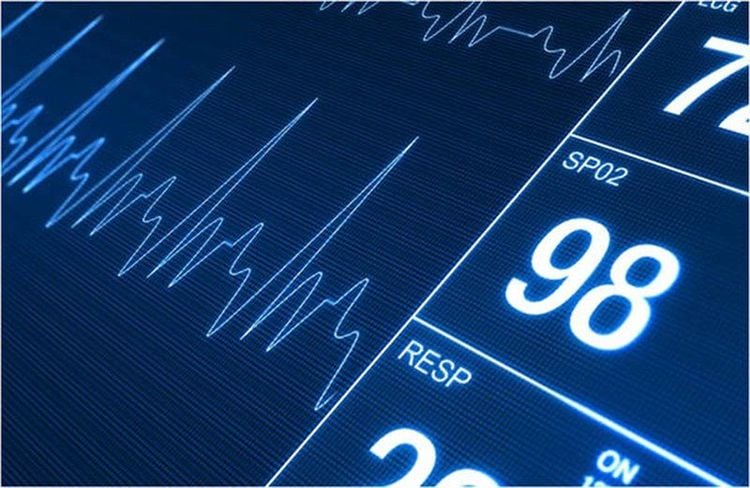
Ventilator operation, airway pressures, alarms. Anti-machine status: See if the patient cooperates with the ventilator. If the patient does not cooperate, explain, encourage, and instruct the patient to cooperate with the ventilator. In case of failure, the patient's blood oxygenation does not improve, the patient breathes rapidly > 30 times/min. Switch breathing to control mode. Pulse, blood pressure, ECG (on monitor), SpO2: Regular. Patient's consciousness compared to before weaning off mechanical ventilation. Blood gas test: Periodically (every 12-24 hours) depending on the patient's condition, emergency care when there are abnormal developments. Measure NIF, Vt daily Lung X-ray: Take 1-2 days/time, take emergency scan when there are abnormal developments.
6. Complications and treatment
Consciousness: It is necessary to monitor consciousness to see if the patient is awake (coma: causes of respiratory acidosis, worsening respiratory failure...), if the patient is comatose, check the blood gas again for acidosis respiratory failure and return to pre-weaning mode. Breathing rate: If the breathing rate is > 30 times/minute, (with the exception of causes such as sputum obstruction, bronchospasm...) switch to breathing mode before weaning off mechanical ventilation. Low blood pressure: Treat when there is hypotension: give fluids, use vasopressors if necessary. Trauma (pneumothorax): Management: Place emergency pleural drainage. Ventilator-associated infections: Strict adherence to hospital aseptic principles is required for prevention. Start antibiotic treatment early and follow the principle of de-escalation when infection occurs. Vinmec International General Hospital with a system of modern facilities, medical equipment and a team of experts and doctors with many years of experience in medical examination and treatment, patients can rest assured to visit. and hospital treatment.
Please dial HOTLINE for more information or register for an appointment HERE. Download MyVinmec app to make appointments faster and to manage your bookings easily.
SEE MORE
Artificial ventilation (ventilator): What you need to know 2 commonly used methods of artificial ventilation Complications and care for ventilator patients






